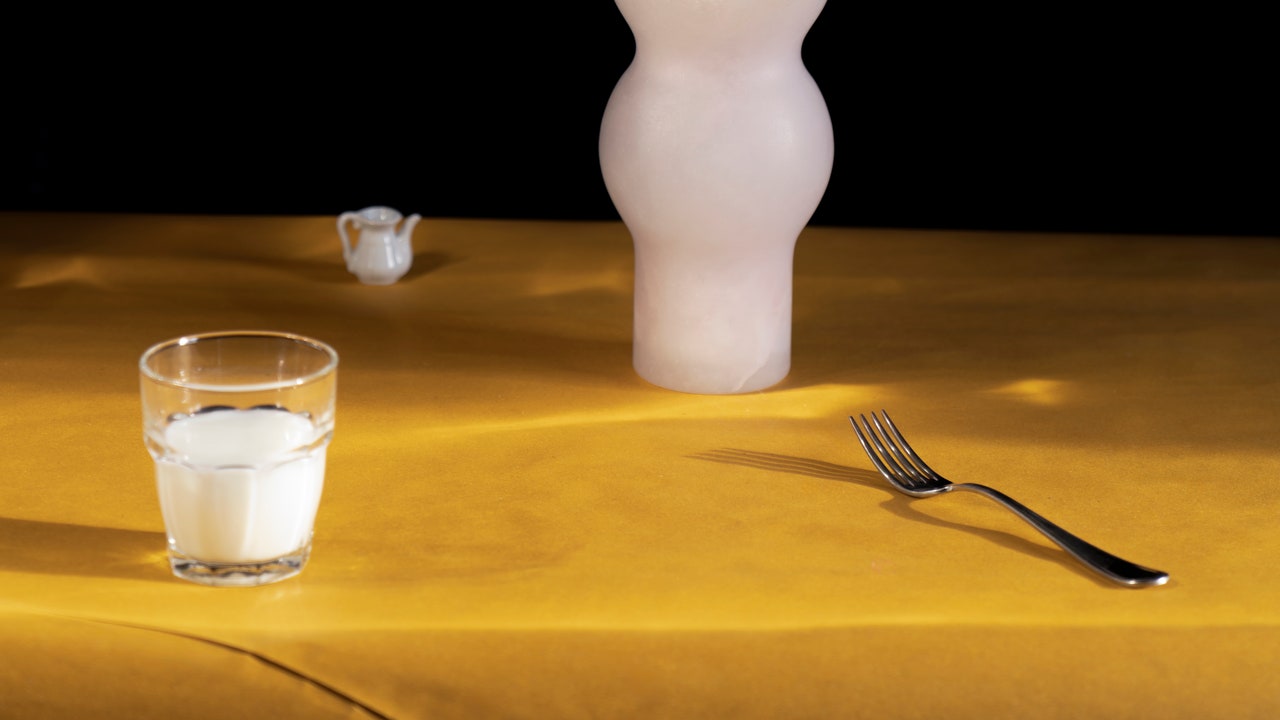
“Here you go,” my friend announced, plonking a glass full of lilac yogurt on the table. The breakfast of my dreams it was not, though the health benefits she (and her whole family, on reflection) touted were second to none: improved digestion, a boatload of probiotic strains, and better immune system function. The key to this source of good health? Kefir. And, after slugging that first glass (blended with blueberries, mind you), I became a quick convert, transitioning from drinker of kefir to maker of kefir within the month.
The benefits I noticed stretched from less bloating to fewer acne bumps on my back and upper arms, with fewer cravings and energy slumps thrown in, too. Each evening, my flatmate and I would drain and rinse our sacred kefir grains, collecting the gently bubbling yoghurt in a glass jar. We would then re-submerge the grains in organic whole milk, place a muslin cloth over the top of the jar, and leave it on the counter to work its magic. 24 hours later, we’d repeat the process, replenishing the endless stock of kefir in our fridge. (If you’re vegan or sensitive to dairy, there’s a coconut kefir option, too.)
It was easy, like caring for a child who only needs you for 15 minutes each night. So easy, in fact, that I annoyingly encourage everyone I come across to try it for themselves, which now includes you.
What is kefir?
First things first. Kefir is actually a grain that ferments when placed in milk or water. Confusingly, kefir is the name given to both the grain and the drink it produces after straining the grains out of it. While most kefir is made with milk (dairy or plant-based), it can also be made with water and sugar.
It’s tangy but can be made sweeter by adding ingredients like fresh fruit, honey, or cinnamon after straining. If you use whole milk, the kefir grains “eat” the naturally occurring sugars, and you won’t need to add any extra to the mix. If you use non-dairy milk or water, you’ll need to add some sugar for the grains to have something to react to. It’s this “eating” process (aka fermentation) that stimulates the production of beneficial bacteria.
#Ive #Kefir #YearsHeres






